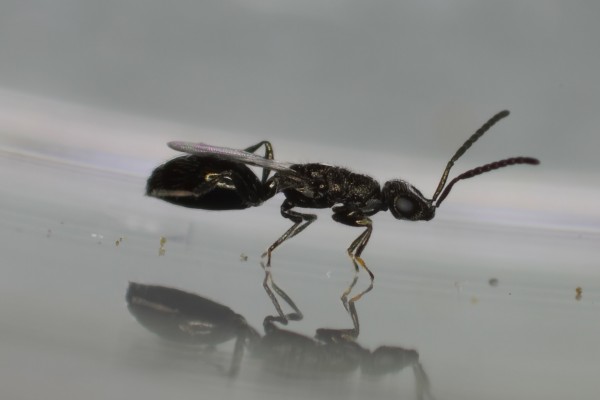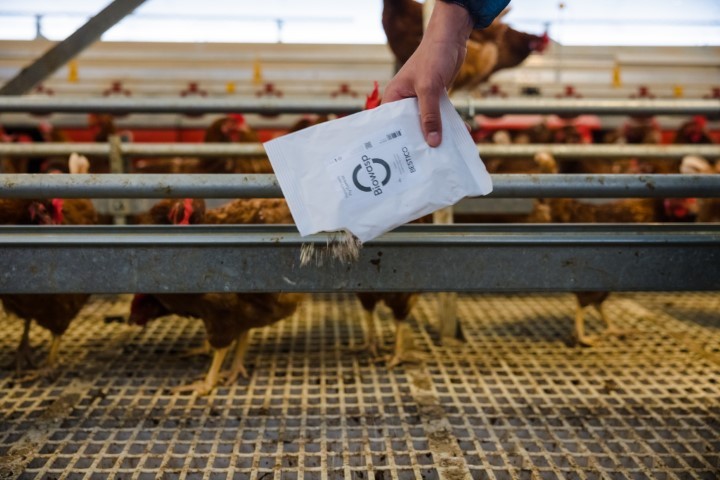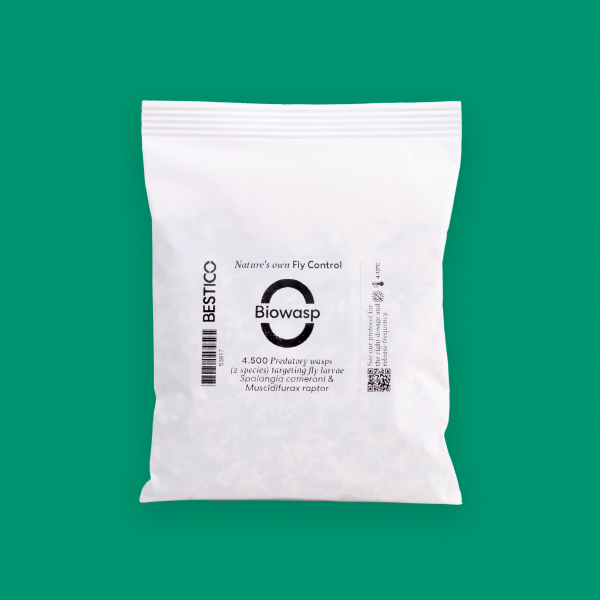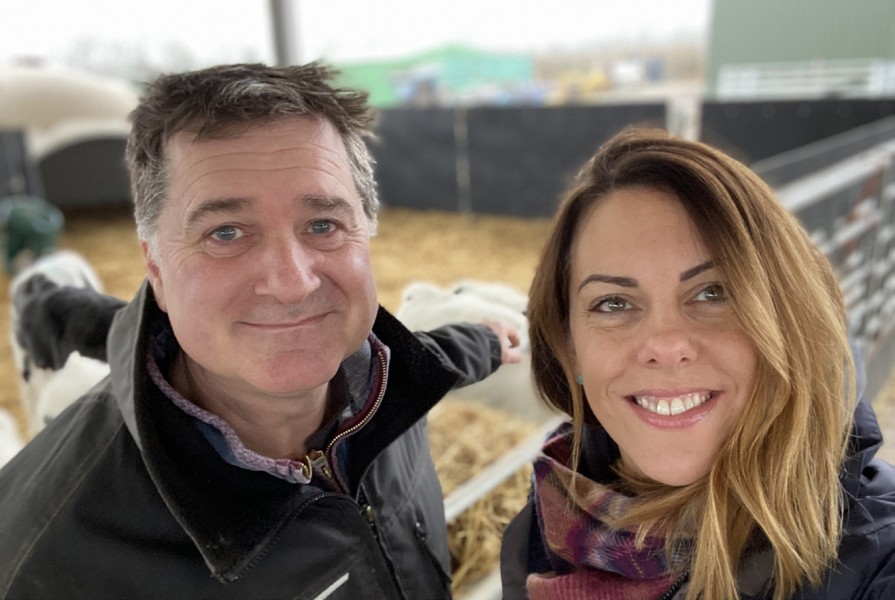How does it work?
Once Biowasp has been dispersed in areas where flies are breeding, the mini wasps will hatch from the pupae within a few days. The mini-wasps reproduce by laying their eggs inside pupae of nuisance flies, which is why they are also called parasitic wasps. This parasitation process stops the development of the fly because the young mini wasp feeds on the contents of the fly pupa. As a result, instead of a fly, a new mini wasp will hatch from the pupa. A female mini wasp can kill over 50 fly pupae during her lifetime.






